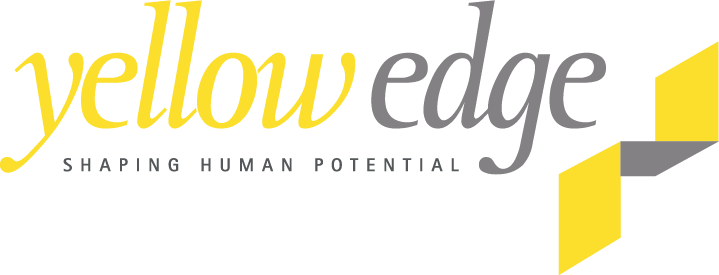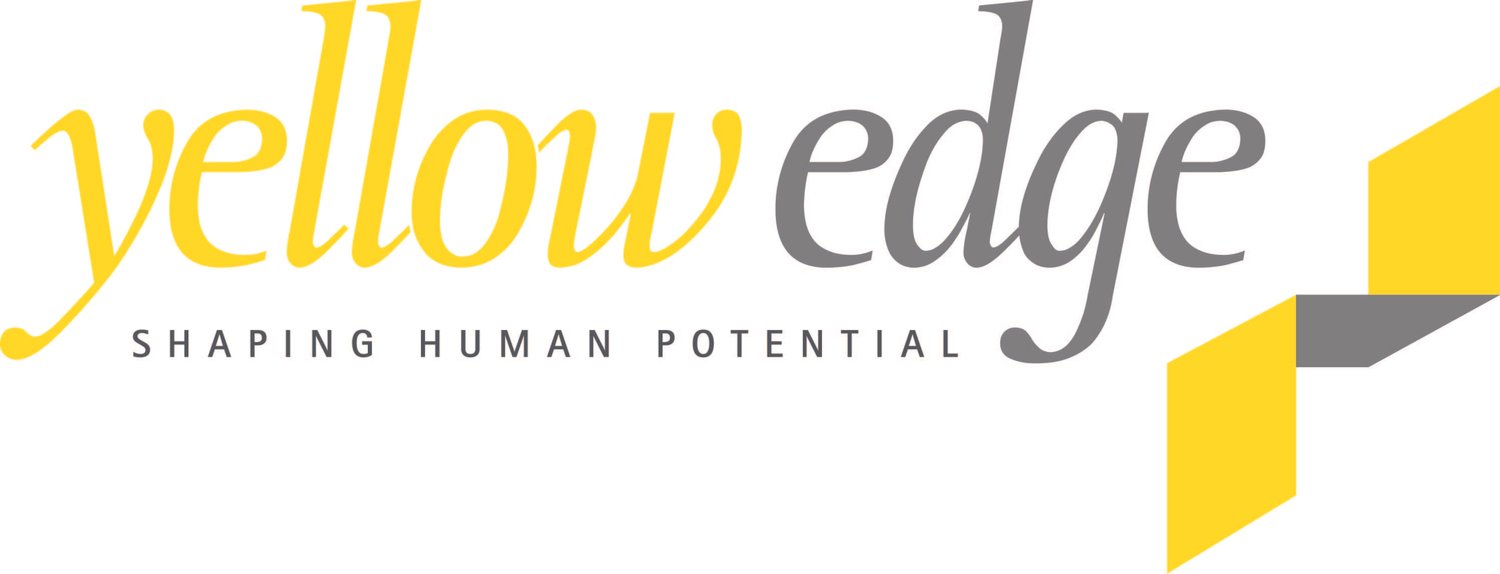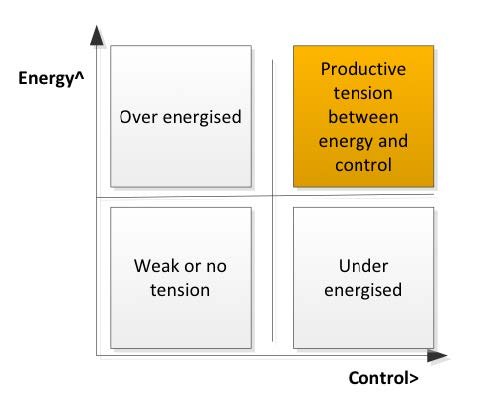45. Cut Red Tape, Release Energy
by Andrew Simon
To most of us, red tape is not the most exciting
or energising of subjects.
Indeed, that is the point: red tape is a drain on individual and organisational resources and energy.
With severely competitive market forces, funding reductions and discontinuous change, organisations are being forced to become leaner and individuals more productive. The reduction of red tape as a drag on energy and capacity must become an important focus for managers.
If we think of red tape as rules, procedures and processes that impose a burden of compliance on individuals and organisations—but have no real efficacy on the original objectives of the
rules—than it is not hard to understand why most people do not find their experience of red tape very engaging.
We need good rules of course, but when the processes, procedures and regulations distort objectives or impose a compliance burden that is disproportionate to the risk the rules are seeking to control, we have red tape.
We are all familiar with the features of red tape: excessive and meaningless paperwork and form-filling, high degrees of control, lengthy approval processes, highly centralised delegation powers, convoluted and over-engineered procedures, all leading to delays and a stalling of momentum, interest and energy.
Somewhat paradoxically, red tape also results in a lack of accountability as responsibilities are extensively distributed across the system and often lost within the red tape morass.
The move to cut red tape by the Australian Government and many other governments around the world is perhaps recognition that it does impose a drag on national economies as it does on individuals and organisations.
Streamlining processes can be a very rewarding area of attention for managers. Freeing the constraints and drag on individuals and the organisation results in a better channelling of scarce resources such as time, money, human effort and energy. This is rewarding managerial work. The opportunity here is not doing more with less, but doing less for more. That is, doing less unproductive, de-energising work for the more importantv, energising, creative and meaningful work that freed up capacity will bring.
All this is not to suggest that all procedures, processes and regulations are unproductive and would constitute red tape that should be cut. Rather it is about achieving a sense of proportion. Good processes, procedures and regulations that are proportionate and serve the actual objectives of the rules maintain a productive tension between energy and control. The figure below illustrates this.
Unbridled energy can be as negative as energy that is over-controlled.
The job of managers therefore, is not to impose constraints on the energy that people and systems offer, but to manage a productive tension between energy and control. This will drive meaningful work that is aligned with organisational purpose and help ensure employee energy is harnessed and not wasted.
To cut red tape and to release new capacity and energy:
Build a clearer understanding of what red tape is within specific operational contexts.
Encourage a deeper awareness of, and sensitivity to, the relationship between red tape with individual and organisational energy depletion.
Help staff with where to look for red tape and how to notice it especially when they are inadvertently creating red tape for themselves and for others. Encourage a discipline of asking “what will happen if we stop this”? Help staff look at processes and procedures from the point of view of the stakeholders.
Don’t be tempted to create a bureaucratic process to cut red tape! It is more important to create an appropriate authorising environment and culture for staff to be empowered to cut red tape than it is to create a manual on how to do it.
The reduction of red tape is not just a dry bureaucratic matter. It could be an interesting, important and rewarding managerial opportunity.
Andrew is Chief Executive of Yellow Edge a company focused on inspiring individuals, teams and organisations to greater levels of performance.



